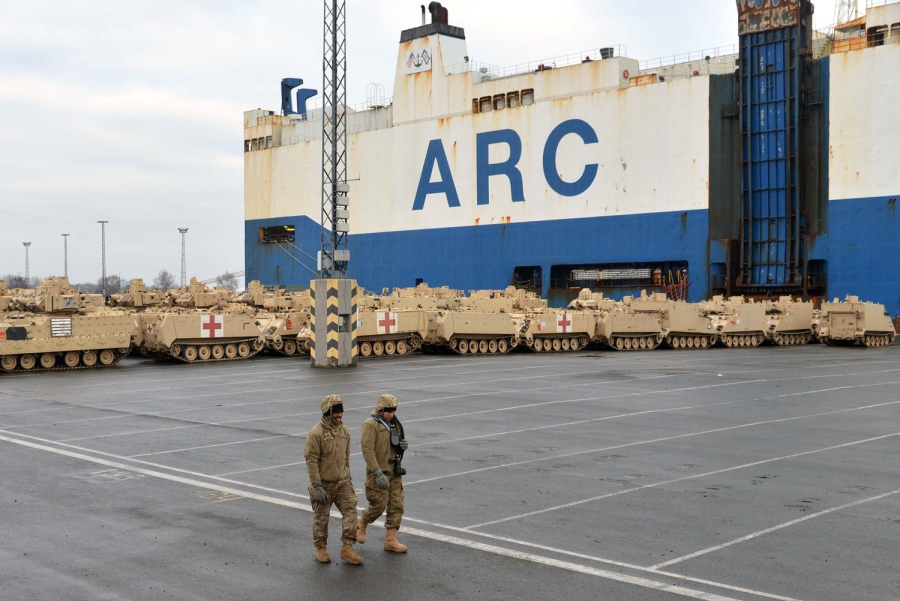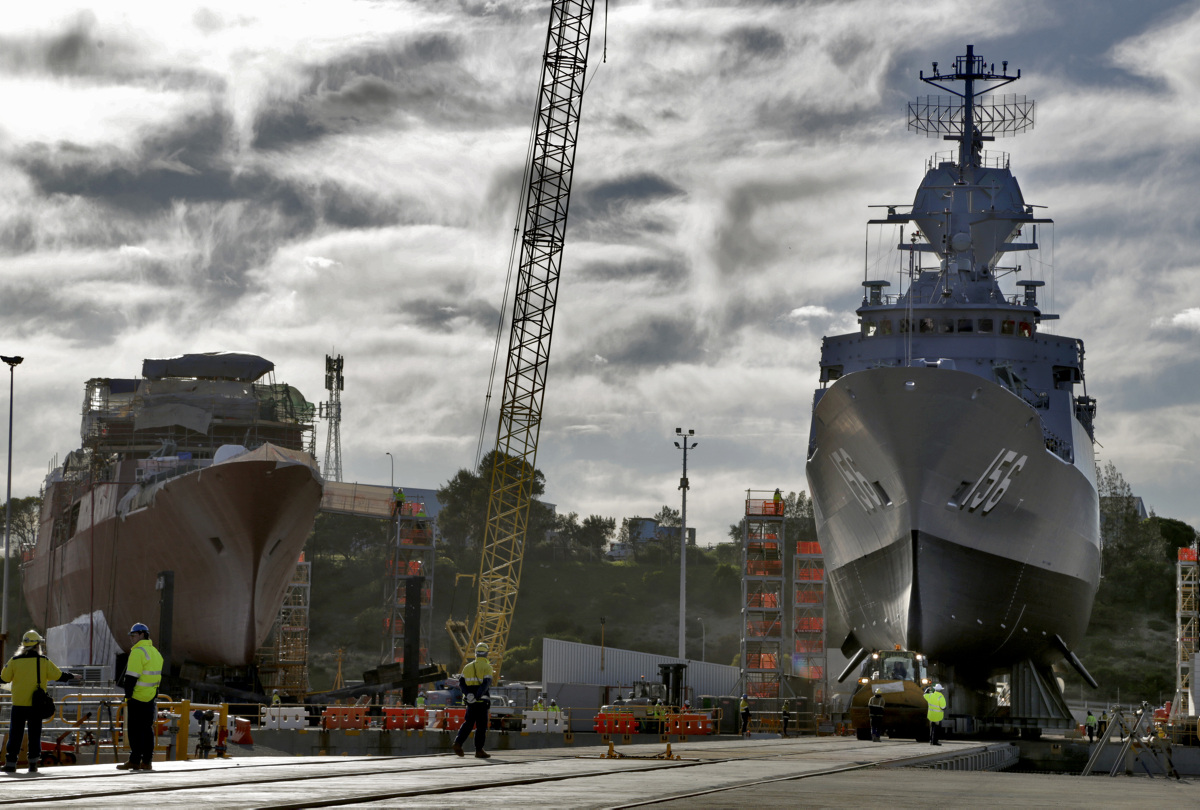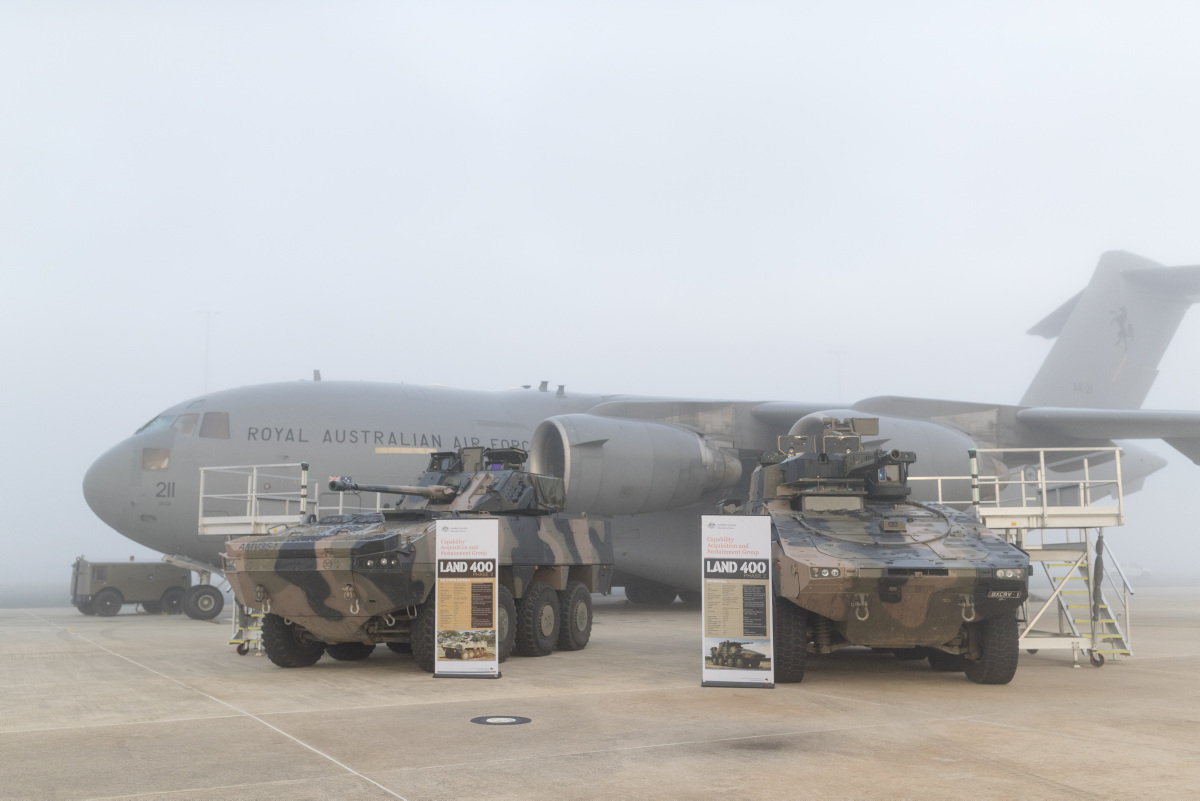By Sally Williamson
The US has enjoyed a strategic logistics advantage in most locations where it has sought to project and sustain military power because it has been able to coalesce host nation, commercial and transnational organisations to provide services, supplies, materiel, and infrastructure where, and when it does not have the capacity to be self-sufficient.[i] The divestment of military logistic capabilities in favour of commercial options began in earnest after the Vietnam War, and can be attributed to three simultaneous and related factors: the rise of globalism and privatisation, the evolution of commercial logistics to efficiency based systems, and the reluctance to train, equip and pay combat service support personnel during the US military’s transition to an all-volunteer force that was under increased budgetary pressure.[ii] As a result of this divestment, operational contracting, corporate financing and support, and transnational supply chains have become so embedded in the American way of war, that is difficult to see how the US Army could conduct expeditionary operations without commercial support.[iii]
The deliberate divestment of military logistic capabilities has necessitated that the US use contracted and host nation support for a number of logistic related services in combat operations. According to doctrine and policy, the types of services commonly contracted to private businesses include base operations support (such as billeting, food service, and laundry services), transportation, port operations, terminal operations, warehousing, facilities construction, facilities management, energy services, and materiel maintenance.[iv] The Logistics Civil Augmentation Program was devised in the mid-1980s to support operations in Somalia and the Balkans and has been replicated multiple times in the Philippines, Latin America, Timor-Leste, Iraq, Afghanistan, Kuwait, Djibouti, Georgia, Ukraine, and Poland. These programs primarily support the housing, feeding, and clothing of troops but have been expanded to include the delivery of fuel, spare parts, laundry, and sanitation services.[v]
The use of contractors in the US military
The extent of modern reliance on contracted support was most evident in operations in Kuwait, Iraq, and Afghanistan. During Operation Desert Storm, the US military contracted 98 agencies and almost 4,000 people to provide maintenance, supply, and transportation services in the United Arab Emirates, Saudi Arabia, and Kuwait.[vi] In 2009, ‘private contractors outnumbered military personnel in Afghanistan and nearly equalled the number of military personnel in Iraq’[vii] and the majority of these contractors were involved in logistic services, with only approximately 11 percent conducting private military and security functions.[viii] Based on a review of Central Command Air Force comptroller purchases in 2003 and 2004, the US military is not only reliant on services procured in theatre, but they also leverage contracts to purchase goods such as construction supplies, vehicles, heavy equipment, communications equipment, tools, office supplies, computer equipment, and morale, welfare, and recreation goods.[ix] The US military’s experiences in Operation Desert Storm, Operation Iraqi Freedom, and Operation Enduring Freedom have demonstrated several benefits and risks to this type of outsourcing.
Contractors enable combat forces to concentrate on core military activities and focus on the development of warfighting capabilities.[x] Civilian industry can often offer logistic-related services more efficiently and effectively because they have a degree of expertise and can source the equipment, infrastructure, personnel, supplies, and transportation assets from within the theatre or from nearby regions. This reduces the need to use US force projection assets, the time and cost of deployment, and the length of logistic lines of communication, while increasing flexibility and responsiveness.[xi] Using local supplies and contractors can also bolster the economy and build local capacity, though outcomes from programs developed in both Iraq and Afghanistan were often mixed, with some arguing that negative consequences like local inflation, and economic exploitation outweighed the benefits.[xii] Furthermore the host nation, or US Government may deliberately place restrictions on the number of military personnel that are permitted within a theatre or country for political or diplomatic reasons. Contractors will rarely fall within this limitation, which again makes them an attractive option for certain logistic functions.[xiii]
Risks and vulnerabilities
There are also risks and vulnerabilities related to the use of contracted, commercial and host nation support during combat operations. Shifting boundaries between what constitutes military and civilian activity has profound security and legal implications, as notions of sovereignty, jurisdiction, and responsibility are challenged.[xiv] By divesting logistics to contractors, the US military is also acceding some loss of control over supply chain and distribution systems. Even if contracts are written to adhere to all security and safety standards, the US military is unlikely to have the resources to retain full visibility or supervision over service providers. This limits their capacity to protect data, information, supplies, personnel, and equipment from adverse action.[xv]
The infiltration of traditional business systems by adversarial actors in any segment of the logistics network could have significant disruptive effects on the US’s ability to project and sustain military power. As COVID-19, the Russian invasion of Ukraine, and the Ever Given blockage of the Suez Channel all demonstrate, global logistic networks are not as resilient as commercial and military logisticians need them to be in peacetime, let alone in conflict.[xvi] The US military is operating off an assumption that outsourced commercial providers will always be able to mobilise the required sustainment support, and that it is just a matter of cost for contractors to create an ‘adaptable and agile supply chain through local, national and international actors.’[xvii] This assumption may no longer be valid as US global hegemony and neoliberalist economic policies are challenged.
The US military has deliberately accepted risk and reduced its permanent sustainment footprint due predominantly to force structure and budgetary constraints. Recent operations have demonstrated the successful mitigation of that risk using non-military assets, which perpetuates the motivation to continually outsource certain military functions like basing, distribution, supply, and maintenance.[xviii] However, there are risks associated with the commercialisation of logistic support that may expose the US military’s reliance on contractors, particularly as new policy approaches, trade sanctions, and supply disruptions become more prominent. As nations consider self-sufficiency, it may also be pertinent to review contract logistic arrangements and consider whether the balance between commercialisation and uniformed combat service support is appropriate.
Sally Williamson is a serving Australian Army logistics officer and Art of War Scholar currently attending the United States Command and General Staff Officer Course. This is an abridged extract from her thesis titled The Diaspora as an Agent and Target of Influence in the Southwest Pacific: Chinese Grand Strategy and Logistics Implications for the United States Military. The thoughts here are her own and do not represent that of the Australian Defence Force or United States Military.
[i] Christopher Kinsey and Malcolm Hugh Patterson, eds. Contractors and War: The Transformation of United States’ Expeditionary Operations (Stanford: Stanford University Press, 2012): 1-2.
[ii] Deborah Cowen, The Deadly Life of Logistics: Mapping Violence in Global Trade (Minneapolis, MN: University of Minnesota Press, 2014), 24-52; Kinsey and Patterson, Contractors and War, 1-5.
[iii] Robert Mandel, “Overview of American Government Expeditionary Operations Utilizing Private Contractors”, in Kinsey and Patterson, eds. Contractors and War, 13.
[iv] US Defense Procurement and Acquisition, Defense Contingency Contracting Handbook Version 5 (Washington, DC: Government Publishing Office, 2017),94.
[v] Allison Stanger, “Contractors,” in Kinsey and Patterson, eds. Contractors and War, 191.
[vi] George B. Dibble, Charles L. Horne, and William E. Lindsay III, “Army Contractor and Civilian Maintenance, Supply, and Transportation Support During Operations Desert Shield and Desert Storm, Vol 1” (Report, Logistics Management Institute, Bethesda, VA, 1993).
[vii] Mandel, “American Government Expeditionary Operations,” 13.
[viii] Renée de Nevers, “Looking Beyond Iraq,” in Kinsey and Patterson, eds. Contractors and War, 63.
[ix] Molly Dunigan, “The Future of US Military Contracting: Current Trends and Future Implications,” International Journal 69, no. 4 (December 2014): 37.
[x] Dunigan, “The Future of US Military Contracting,” Rodney D. Fogg and William C. Latham, Jr., “Risky Business: Commercial Support for Large-Scale Ground Combat Operations,” Military Review (July-August 2019):14.
[xi] Fogg and Latham, “Risky Business,” 14; Camm, “How to Decide,” in Kinsey and Patterson, eds. Contractors and War, 237–238.
[xii] de Nevers, “Looking Beyond Iraq,” 61–69.
[xiii] Camm, “How to Decide,” 237.
[xiv] Camm, “How to Decide,” 235–250.
[xv] US Department of Defense, Joint Publications (JP) 4-10, Operational Contract Support (Washington, DC: Government Publishing Office, 2019), I-9; Geoffrey S. Corn, “Contractors and the Law,” in Kinsey and Patterson, eds. Contractors and War, 157–175.
[xvi] David Beaumont, “Winning the War for Prosperity: The Military, Supply Chain Security, and the Post Pandemic World,” Logistics in War (blog), March 22, 2020, https://logisticsinwar.com/2020/03/22/winning-the-war-for-prosperity-the-military-supply-chain-security-and-the-post-pandemic-world/.
[xvii] Kinsey and Patterson, Contractors and War, 298.
[xviii] Mandel, “American Government Expeditionary Operations,” 13–16.






